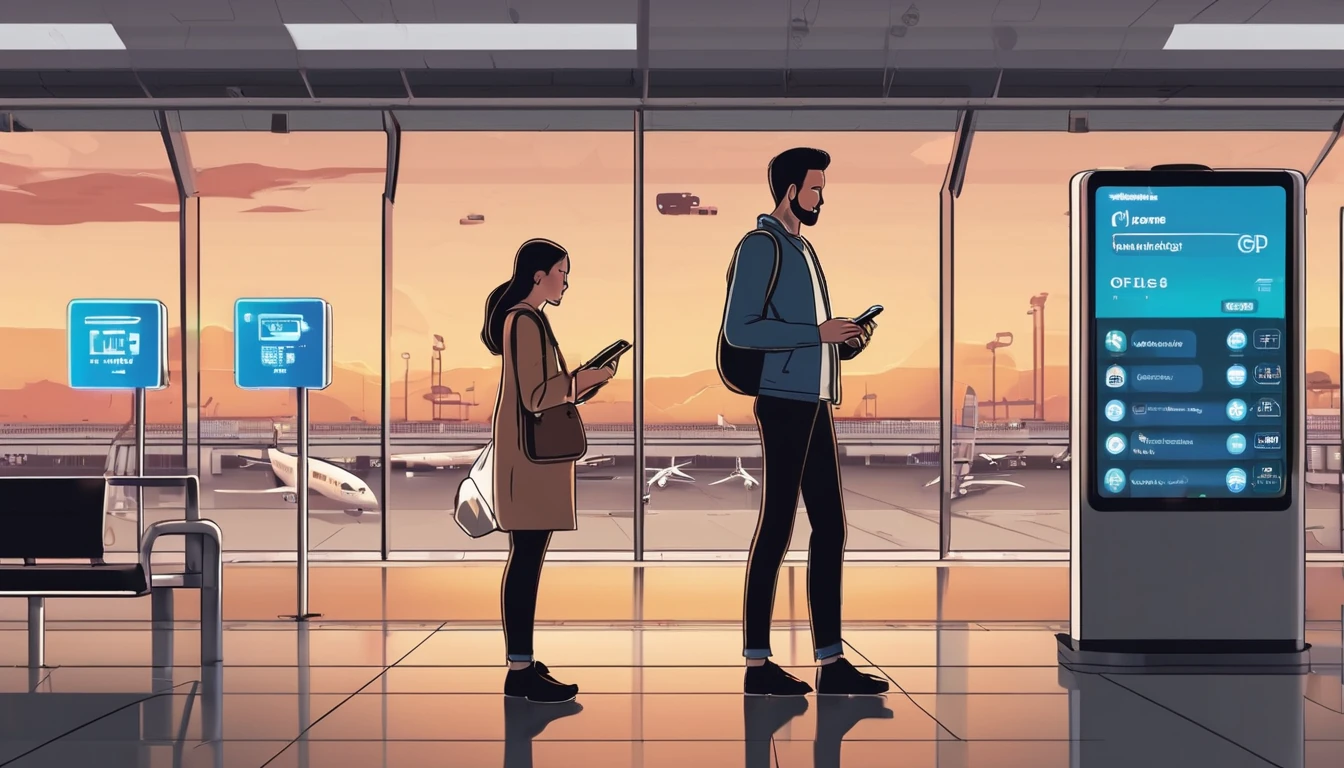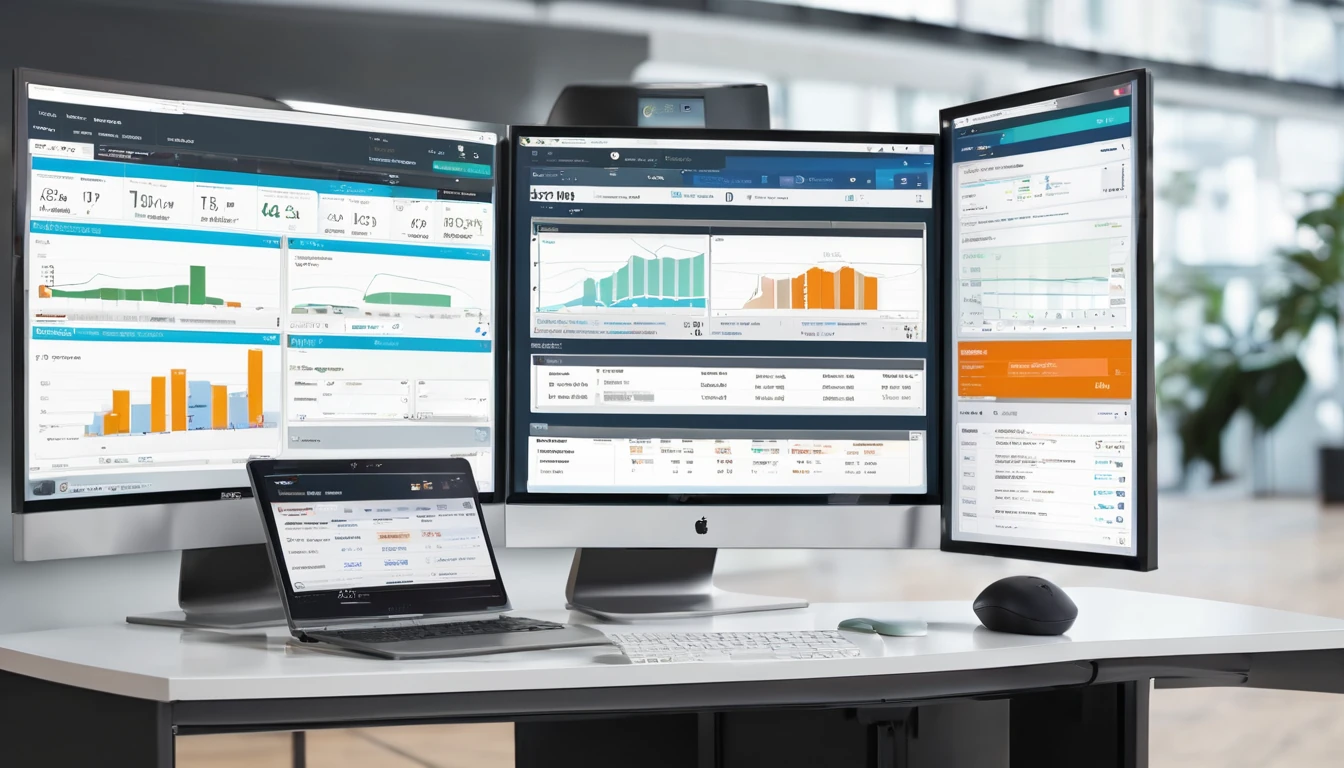If you’re planning a 2025 trip that mixes Switzerland with nearby EU countries, read this before you switch on data. Switzerland looks and feels “European”, but it’s not in the EU or the EEA. That means the EU’s Roam‑Like‑At‑Home rules don’t apply in Switzerland, and assumptions based on France, Italy or Spain can turn into surprise charges the moment your phone latches onto a Swiss network. The reverse is true too: a Swiss mobile plan doesn’t magically give you EU‑wide roaming at domestic rates.
This guide cuts through the confusion. We’ll explain Switzerland’s non‑EU status in plain English, walk through cross‑border day‑trip scenarios (Geneva–Annecy, Basel–Colmar, Lugano–Como, Zermatt via Italy), clarify what “fair use” really means, and give you a practical setup that avoids bill shock. If you want the country‑by‑country detail, our Switzerland guide and neighbouring country pages are under Destinations.
Switzerland is not in the EU — here’s what that means in 2025
- EU/EEA roaming (“Roam‑Like‑At‑Home”, extended to 2032) lets subscribers use domestic allowances across EU/EEA countries without extra charges, subject to fair‑use limits.
- Switzerland is outside both the EU and EEA. The EU regulation does not apply there.
- Result: Switzerland is usually in a separate “World/Zone 2” for many European carriers. Some include it as a paid add‑on or an exception, but this is a commercial choice, not a right.
- UK travellers post‑Brexit have no regulated free roaming anywhere; EU and Switzerland pricing is entirely operator‑defined.
In practice, your costs in Switzerland depend on your exact plan. Some operators offer day passes that include Switzerland; others charge per MB or a higher daily rate. Always check both the presence of coverage and its price.
EU regulation vs Swiss reality
- EU/EEA: domestic‑rate roaming with quality and transparency rules (e.g., surcharge bans, network quality parity).
- Switzerland: none of that automatically applies. Operators may throttle, charge surcharges, or exclude Switzerland from bundles. “Fair use” policies tied to EU rules cannot be invoked to demand EU treatment in Switzerland.
Bottom line: don’t assume your EU experience carries over to Switzerland. Verify.
Cross‑border day trips: what changes the moment you cross
Switzerland’s borders are porous for travellers—and for radio signals. Phones on auto network selection often connect to whichever tower is strongest, which can be across the border or over a lake.
Common day trips where this matters: - Geneva ↔ Annecy/Chamonix (France) - Basel ↔ Colmar/Freiburg (France/Germany) - Lugano ↔ Como (Italy) - St. Moritz ↔ Tirano (Italy) - Schaffhausen/Rhine Falls ↔ southern Germany
If you have an EU SIM and day‑trip into Switzerland
- Your EU “free roaming” does not apply in Switzerland.
- Unless your operator explicitly includes Switzerland, you’ll pay out‑of‑zone rates or need a paid pass.
- Safer options:
- Add the operator’s Switzerland pass before crossing, or
- Use a data eSIM that includes Switzerland for the hours/days you’re inside the country, or
- Lock your phone to an EU network and keep mobile data off in Switzerland (use offline maps).
If you have a Swiss SIM and day‑trip into the EU
- Your Swiss plan may not include EU roaming, or may do so with limited data and higher rates.
- Consider a regional EU eSIM for your EU hours/days—especially if you’re crossing multiple borders.
If you’re from the UK, US, Canada or elsewhere
- Treat both EU and Switzerland as roaming zones unless your plan says otherwise.
- Many travellers pair a Switzerland‑inclusive eSIM with a separate EU eSIM (France/Italy/Germany) to keep costs predictable.
Explore options by country via Destinations. For broader coverage, compare a regional pack like Esim Western Europe, and country pages such as Esim France, Esim Italy and Esim Spain. Travellers originating from North America can also check Esim United States and Esim North America.
Fair‑use expectations vs the reality in Switzerland
EU fair‑use guidance keeps EU/EEA roaming reasonable (caps, anti‑abuse rules, quality). It does not apply in Switzerland.
What to expect: - “Included Switzerland” is a plan feature, not a right. Expect smaller data buckets, speed caps, or surcharges when Switzerland is included. - Daily roaming passes that work across the EU may exclude Switzerland or price it higher. The marketing headline (“Europe”) often hides a footnote—read the country list. - Regional eSIM packs may say “Western Europe” but not include Switzerland. Inclusion should be explicit. If you need both, choose a plan that lists Switzerland by name.
Pro tip: Screenshot your carrier’s roaming page (country list + prices) before you travel. If your phone auto‑connects and you get a warning SMS, you’ll know whether to continue or switch strategies.
Pre‑trip checklist: stop surprises before they start
- Confirm roaming zones and prices:
- Switzerland vs EU countries on your primary SIM.
- Whether your daily pass covers Switzerland.
- Any data caps or throttling thresholds while roaming.
- Decide your setup:
- One regional plan that lists Switzerland and the EU countries you’ll visit, or
- Two eSIMs: a Switzerland‑inclusive one and a separate EU plan.
- Prepare your phone:
- Download offline maps for both sides of the border.
- Enable spending/data alerts with your carrier where available.
- Learn how to switch data lines and manually select networks.
- Payments and apps:
- Turn off background mobile data for heavy apps you won’t need on the move (cloud photo backup, auto updates).
- Set messaging to “Wi‑Fi only” for media backups.
Set up eSIMs for Switzerland + EU: a simple step‑by‑step
This approach keeps your home number for calls/SMS, while using local‑rate data where you are.
1) Choose your eSIMs - Option A: One regional plan that explicitly includes Switzerland and your EU stops (see Esim Western Europe and check the country list). - Option B: Two plans: - A Switzerland‑inclusive plan for Geneva/Zürich/Zermatt days. - An EU plan for France/Italy/Germany days, e.g., Esim France or Esim Italy.
2) Install both eSIM profiles before you fly - Follow the QR/on‑device instructions. - Name them clearly (e.g., “Data‑CH” and “Data‑EU”).
3) Configure line usage - Set your home SIM as “Calls & SMS” only (no data). - Set the relevant eSIM as “Mobile Data”. - Turn off “Allow Mobile Data Switching” so the phone doesn’t switch to an expensive line automatically.
4) Control network selection at borders - When you cross into Switzerland: enable “Data‑CH” and manually select a Swiss network if needed. - When back in the EU: switch to “Data‑EU” and manually select an EU network.
5) Test on Wi‑Fi first - Activate each eSIM on hotel/Airport Wi‑Fi to confirm it registers and data flows.
Pro tips: - Save APN details in Notes in case you need manual entry (though most eSIMs autoconfigure). - On iPhone, add a Home Screen Shortcut to switch your “Mobile Data” line in two taps. - Keep iCloud/Google Photos on Wi‑Fi‑only during travel days; upload at your hotel.
Border pitfalls and bill‑shock traps to avoid
- Lakes and peaks: Strong Swiss towers reach into France/Italy/Germany along lakes (Geneva, Lugano, Constance) and mountain viewpoints. Use manual network selection near borders.
- Trains that dip into Switzerland: Some EU routes briefly transit Swiss territory. If your pass excludes Switzerland, switch mobile data off for the segment or use your Switzerland eSIM.
- “Welcome to Switzerland” SMS ≠ free roaming: Those texts are informational; they don’t mean your rates are EU‑like.
- Background sync is the bill killer: Cloud photos, app updates, streaming preloads, and tethering can burn through MBs fast at out‑of‑bundle rates.
- Wi‑Fi Calling nuance: If enabled on your home SIM while roaming, calls can still be billed according to your operator’s Wi‑Fi Calling policy. If in doubt, receive calls on your home SIM but return calls via internet apps over your data eSIM.
For teams and frequent travellers
- Business trips that straddle Switzerland and the EU are prime territory for accidental overages. Centralise with predictable eSIMs and a clear border‑use policy.
- Travel managers: align line settings and network‑lock instructions in your pre‑trip packs. Consider a pool of regional eSIMs for cross‑border teams.
See programme options under For Business. Travel brands and resellers can explore co‑branded solutions via the Partner Hub.
Example itineraries and the smartest roaming setup
- Weekend in Geneva with a Chamonix day trip
- Use a Switzerland‑inclusive eSIM in Geneva.
- Switch to an EU eSIM for France (Chamonix). See Esim France.
- Ticino base with a Como lunch run
- Switzerland‑inclusive eSIM for Lugano days.
- Flip to an Italy plan for Como hours. See Esim Italy.
- Basel Messe with a hop to Colmar
- Switzerland eSIM while in Basel.
- EU eSIM for the Alsace stretch. A regional option like Esim Western Europe can simplify.
- Flying in from the US, touring Zurich–Milan–Lake Como
- Keep your US SIM for calls/SMS only. Compare Esim United States guidance for setup.
- Pair a Switzerland‑inclusive eSIM with an Italy plan, or pick a regional plan that lists Switzerland and Italy. North American travellers can also review Esim North America if transiting there.
FAQ
Q1) Is Switzerland in the EU? - No. Switzerland is not in the EU or EEA. It has bilateral agreements with the EU for trade and movement, but EU roaming regulations don’t apply there.
Q2) Does EU “free roaming” work in Switzerland in 2025? - Not by default. Roam‑Like‑At‑Home covers EU/EEA only. Some operators choose to include Switzerland, often with smaller data buckets or surcharges. Check your plan’s country list and price.
Q3) I’m staying in France but near the Swiss border. How do I avoid accidental Swiss roaming? - Set network selection to Manual and choose a French network. Keep “Allow Mobile Data Switching” off. Consider a backup Switzerland eSIM if you’ll cross the border for lunch or sightseeing. See Esim France for France‑side data options.
Q4) Can I keep my number for calls and use a data eSIM for Switzerland/EU? - Yes. Keep your home SIM active for calls/SMS, set it to “no data”, and use a travel eSIM for mobile data. Switch the data line at borders. This is the most cost‑predictable setup for mixed Switzerland/EU trips.
Q5) Which eSIM is best for a week in Zurich plus day trips to Como and Chamonix? - Either: - Two eSIMs: a Switzerland‑inclusive one for Zurich days, plus Italy/France eSIMs for each day trip (Esim Italy, Esim France), or - One regional plan that explicitly lists Switzerland, France and Italy (compare Esim Western Europe and confirm inclusion).
Q6) I’m visiting from the US—do I need different plans for the EU and Switzerland? - Often, yes. Treat them as separate unless your plan says otherwise. Keep your US SIM for identity/calls and use travel eSIMs for data. Review setup notes via Esim United States and, if you’re also visiting Canada/Mexico on the same trip, Esim North America.
Next step: Plan your coverage country by country, starting with Switzerland and its neighbours, via Destinations.



